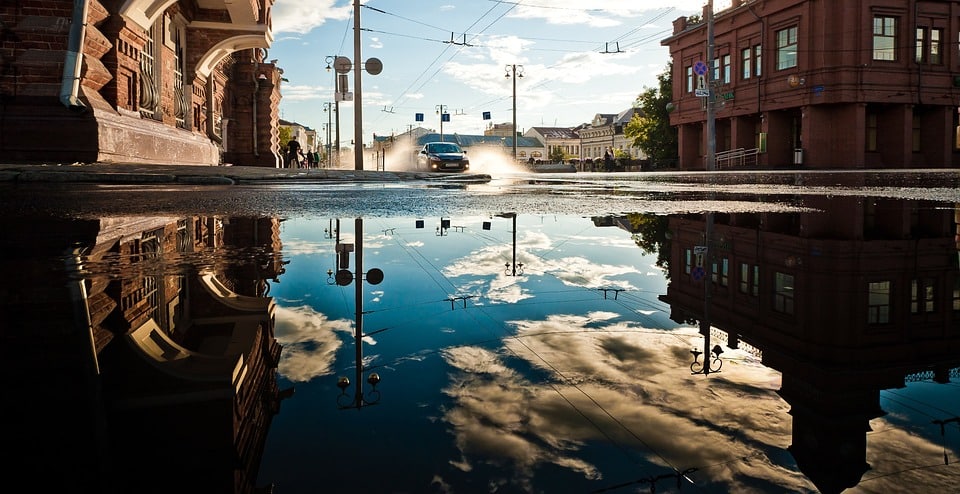Next to wildfires and tornadoes, floods are the most widespread natural disaster in the U.S. Scientists attribute the increased flooding to global climate change because the rise in global temperatures results in the air holding more moisture. This may not seem like a big problem, but when rainfall becomes less frequent, droughts occur more often. When you couple that with the fact that the moisture in the air will eventually condense enough to be released in the form of a deluge, you are left with rainwater that has nowhere to go. The ground is too dry to soak it up, so flooding may happen in massive proportions.
Flooding can occur in your home, your yard, or your community, but it isn’t necessarily tied solely to excessive rainwater. There are different types of flooding that you must understand in order to be prepared.
Sewer Flooding
A sewer flood may not be as extensive as other types of flooding, but it can cause enough damage to derail the lives of those affected. Sewer flooding occurs when refuse from the sewer lines leaks back into houses through the drain pipes. The sewage backup can be hazardous to your health and can cause severe damage to your property.
Sewer flooding may occur due to a blockage in the sewer lines from various factors such as a collapsed sewer line or tree roots entering the cracks of the sewer lines. There could also be sewer flooding as a result of the rise in water levels in nearby rivers.
Groundwater Flooding
Groundwater flooding is caused by heavy, prolonged rains that inundate underground aquifers, or the areas in the ground with permeable rock that water can pass through. When these aquifers are full, and there continues to be more water seeping down into the ground, flooding results. Groundwater flooding can cause extensive damages to both property and infrastructure.
River Flooding
River flooding is typically caused by a river bursting or overflowing its banks, thereby flooding the areas around it. River flooding is usually the result of prolonged and extensive rain, and when accompanied by melting snow, river flooding can be even more devastating.
River flooding may also occur when a free-flowing river is blocked by an obstruction, such as accumulated rubbish, natural overgrowth, or fallen trees.
Coastal Flooding
When there is a hurricane or a heavy storm combined with high tides, the sea levels rise above normal. This can force the sea water to move into the coastal areas and cause flooding. Most coastal cities are protected by flood defenses such as sea walls or berms, but when the sea level is unusually high, water can still reach the residential areas.
Coastal flooding may also be caused by storm surges, a condition where the strong winds of a typhoon or a hurricane push seawater into the coastal areas, destroying everything in their path.
Flash Flooding
A flash flood is a rapid accumulation of water in low-lying areas, river, basins, and lakes. This kind of flooding is usually caused by heavy rain associated with severe thunderstorms, tropical storms, hurricanes, or melting snow or ice from the mountains.
Flash floods are different from ordinary floods because they are characterized by raging torrents following heavy rain, and they occur within just a few minutes or hours of excessive rain. “Normal” flooding may take weeks to produce the same amount of damage to a low-lying area as a flash-flood can do in minutes.
The Take-Away
Not all flooding happens because of excessive rain, though that is the most common cause. You need to be able to distinguish what type of flooding occurs where you live so that you can prepare your home and your family accordingly.

